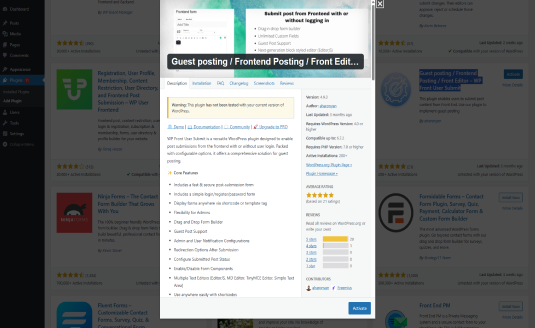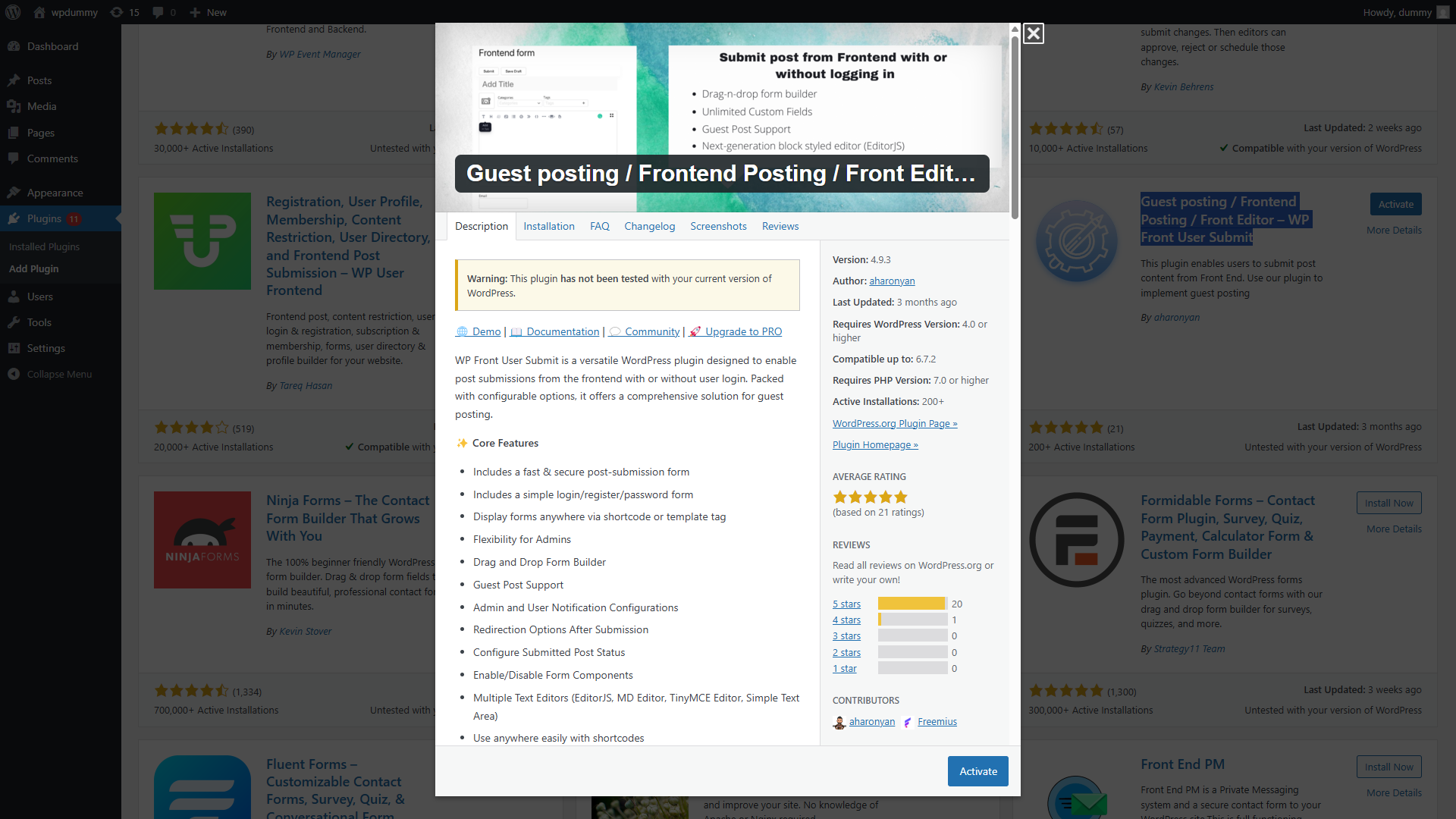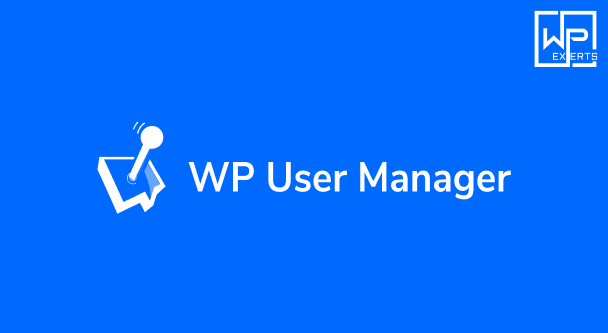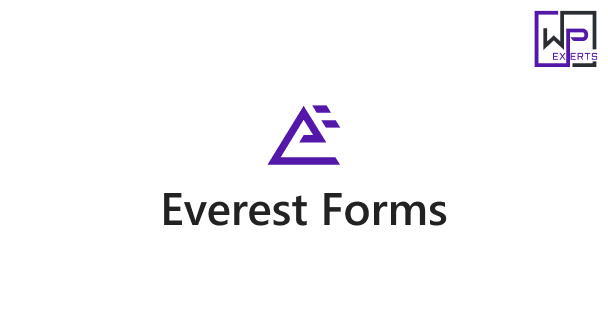WP Front User Submit – Guest Posting / Frontend Posting / Front Editor Plugin
Creating a platform that encourages user interaction, community content creation, or guest contributions is a major asset for any blog, magazine site, membership platform, or online publication. The WP Front User Submit plugin, also known as Guest Posting / Frontend Posting / Front Editor, is a powerful WordPress plugin designed specifically to let users submit content from the frontend without accessing the WordPress admin dashboard.
Whether you’re running a multi-author blog, a user-generated content platform, or simply want to enable guest submissions without compromising site security, WP Front User Submit provides an ideal solution. This comprehensive overview explores the plugin’s key features, benefits, setup, use cases, limitations, and how it can empower your WordPress website.

What Is WP Front User Submit?
WP Front User Submit is a frontend content submission plugin that enables users to create and submit WordPress posts directly from the website’s frontend. It provides a customizable form interface where users can write posts, add images, select categories and tags, and even edit existing submissions.
It eliminates the need to grant users access to the backend (wp-admin), thus enhancing site security and offering a smoother experience for non-technical contributors.
The plugin is frequently used for:
- Guest blogging platforms
- News and magazine sites
- Job boards
- Directory listings
- Review sites
- Community-based content hubs
Key Features
1. Frontend Post Submission
At the core of the plugin is its ability to allow any user—registered or guest—to submit a blog post from the frontend. The submission form is clean and customizable and includes:
- Post title
- Post content editor (WYSIWYG)
- Category selection
- Tag input
- Featured image upload
- Custom fields support (Pro version)
- CAPTCHA protection
This functionality allows for seamless content submission without involving the WordPress dashboard, making it highly user-friendly.
2. User Role Control
The plugin allows admins to define which user roles can access and submit posts via the frontend. You can restrict or allow specific roles such as:
- Guest (non-logged-in) users
- Subscribers
- Contributors
- Authors
- Custom roles
For sites encouraging open contributions, guest submissions can be enabled with moderation. For tighter control, only logged-in users can be granted submission rights.
3. Post Status Management
You can choose the default status of submitted posts. Options include:
- Draft
- Pending Review
- Published
- Private
Most commonly, posts submitted from the frontend are set to “Pending Review” so that site admins can moderate and approve them before publishing. This ensures content quality and editorial oversight.
4. Frontend Post Editing
Users can edit their own posts from the frontend interface. This feature is ideal for user-generated content platforms where contributors may want to update or correct their articles after submission.
Administrators can control whether users can:
- Edit posts after submission
- Delete their posts
- View only their own submissions
5. Media Upload Support
The plugin integrates WordPress’s media uploader, allowing users to upload featured images or insert media (images, videos) within the content body using the WYSIWYG editor. File type restrictions and size limits can be set by the admin.
6. Custom Fields and Meta (Pro version)
Advanced users can use custom fields and post meta to collect structured data during submission, which is useful for directories, product reviews, or classifieds. For example:
- Location fields
- Contact information
- Ratings
- Pricing details
These can be displayed on the front end using shortcodes or template tags.
7. Shortcode-Based Integration
You can easily embed the submission form or user dashboard using shortcodes. Some popular shortcodes include:
[wp_front_user_submit]– displays the frontend submission form[wp_user_dashboard]– displays a user-specific dashboard for submitted posts[wp_user_edit]– enables editing of existing posts
This makes it easy to place forms on pages, posts, or widgets without coding.
8. Anti-Spam Protection
To protect against spam and bots, the plugin includes CAPTCHA integration (Google reCAPTCHA). Additional spam prevention measures, such as email verification and moderation, can also be implemented.
Benefits of Using WP Front User Submit
1. Simplified User Experience
By offering frontend content submission, you remove the technical and sometimes confusing WordPress backend from the process. Users don’t need to learn the dashboard—they just fill out a form and click submit.
2. Secure Content Management
Restricting backend access protects your WordPress installation from misuse or accidental damage. WP Front User Submit ensures users interact only through designated frontend forms.
3. Community Engagement
Encouraging user submissions fosters community building and content diversity. Whether it’s articles, stories, product reviews, or classifieds, your users become content creators.
4. Content Moderation Control
Admins retain full control over what goes live on the site. Posts can be reviewed, edited, or rejected before publication, ensuring quality and editorial standards are met.
5. Custom Workflow and Flexibility
The plugin can be adapted for different content types and workflows, from blog posts to business listings or event submissions. Developers can customize form fields and behavior with hooks and filters.
Use Cases
1. Guest Blogging
Accept articles from guest contributors without creating author accounts for each person. Let users submit drafts for approval with their name and bio included.
2. User Reviews or Testimonials
Let users submit reviews about products or services. You can create custom forms with rating fields, images, and descriptions.
3. Classified Ads or Job Boards
Collect structured data like job titles, salaries, locations, and categories from users via frontend submission.
4. News Aggregation or Community Portals
Crowdsource content from users about news, events, or community updates. Moderate before publishing.
Installation and Setup
- Install the Plugin:
- Go to Plugins > Add New in your WordPress dashboard.
- Search for WP Front User Submit.
- Click Install Now, then Activate.
- Create a Submission Page:
- Create a new WordPress page.
- Add the shortcode
[wp_front_user_submit]to the content area.
- Configure Settings:
- Go to Settings > WP Front User Submit.
- Choose post types, categories, allowed roles, and post statuses.
- Enable CAPTCHA and media upload options as needed.
- Style and Customize:
- Use CSS or page builders to customize the look and feel of your form.
- Optionally use the Pro version for custom fields and advanced options.
Limitations and Considerations
While the free version of WP Front User Submit is powerful, it comes with some limitations:
- Limited custom field support (available in Pro)
- No file type restrictions or advanced validation in the free version
- Less flexible form styling unless customized with CSS
- May require other plugins for features like user profiles or notifications
For advanced needs such as multi-step forms, frontend post moderation, conditional logic, or monetization, upgrading to the Pro version or integrating with other tools may be necessary.
Conclusion
The WP Front User Submit plugin is a robust and user-friendly solution for enabling frontend content submissions in WordPress. It provides all the essential tools needed for user interaction, guest blogging, and community-generated content, while keeping your site secure and easy to manage.
Its shortcode-based integration, role-based permissions, moderation capabilities, and optional guest submission make it highly versatile for a variety of applications—from blogs to job boards and directories.
By empowering users to contribute directly through the frontend, WP Front User Submit enhances engagement, streamlines content workflows, and supports your website’s growth as a collaborative platform.





